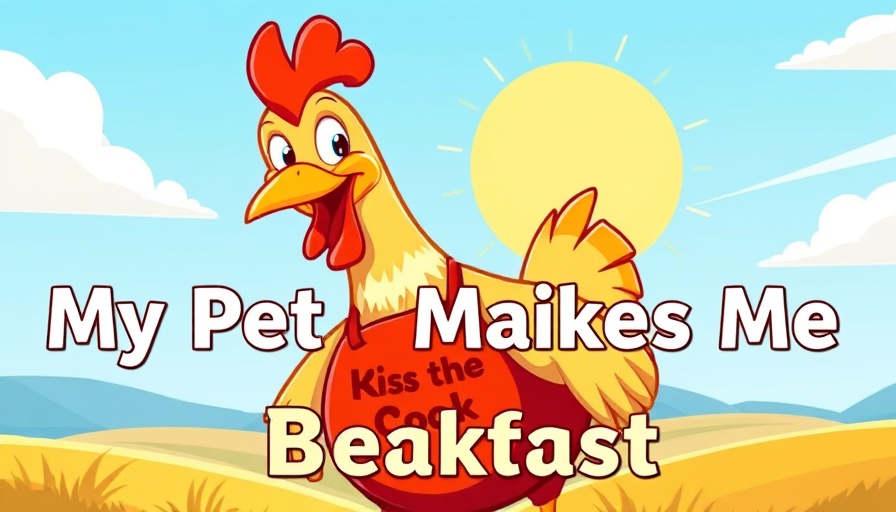
Discovering The Unique Traits of Orpingtons vs. Austrolorps
When choosing a breed for your backyard flock, understanding the characteristics and benefits of Orpingtons and Austrolorps is essential. Both breeds are popular among chicken enthusiasts and serve different purposes based on their unique traits.
Orpington Chickens: The Gentle Giants
Orpingtons are renowned for their friendly temperament and robust size. They come in a variety of colors, primarily black, blue, or gold. Known for their excellent egg-laying ability, Orpington hens typically produce large brown eggs and are known for their ability to be handled by children, making them an ideal choice for families.
Austrolorps: The Overachievers
Austrolorps, on the other hand, originated in Australia and are particularly valued for their egg production and adaptability to various climates. This breed is known to lay approximately 250-300 eggs per year, making them one of the most prolific layers available. With their striking black feathers and calm demeanor, Austrolorps are also excellent foragers and thrive in free-range environments.
Drawing Comparisons: Vital Considerations for Poultry Enthusiasts
While both breeds offer specific advantages, deciding between them often comes down to personal preference and farm conditions. Orpingtons may appeal more to those looking for sociable birds that can be kept in smaller spaces, whereas Austrolorps are preferred for their high productivity and resilience in varying weather conditions.
The Bottom Line: Tailoring Your Flock to Your Needs
In conclusion, both Orpingtons and Austrolorps hold unique advantages. Understanding their individual traits can help backyard chicken keepers make informed decisions based on their laying needs, temperaments, and environmental adaptability. Whether you prioritize sociability or egg production, both breeds can enrich your poultry experience.
 Add Row
Add Row  Add
Add 




Write A Comment